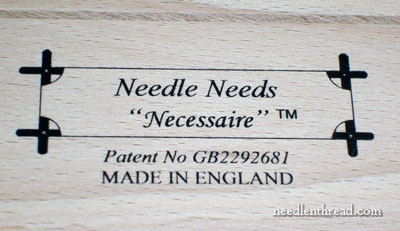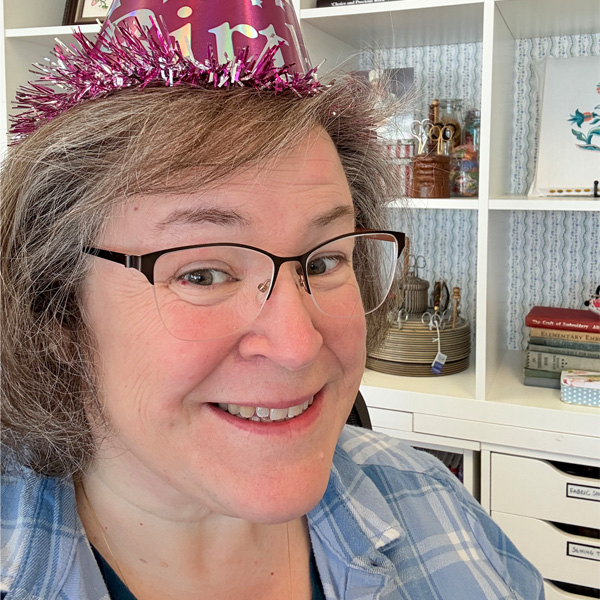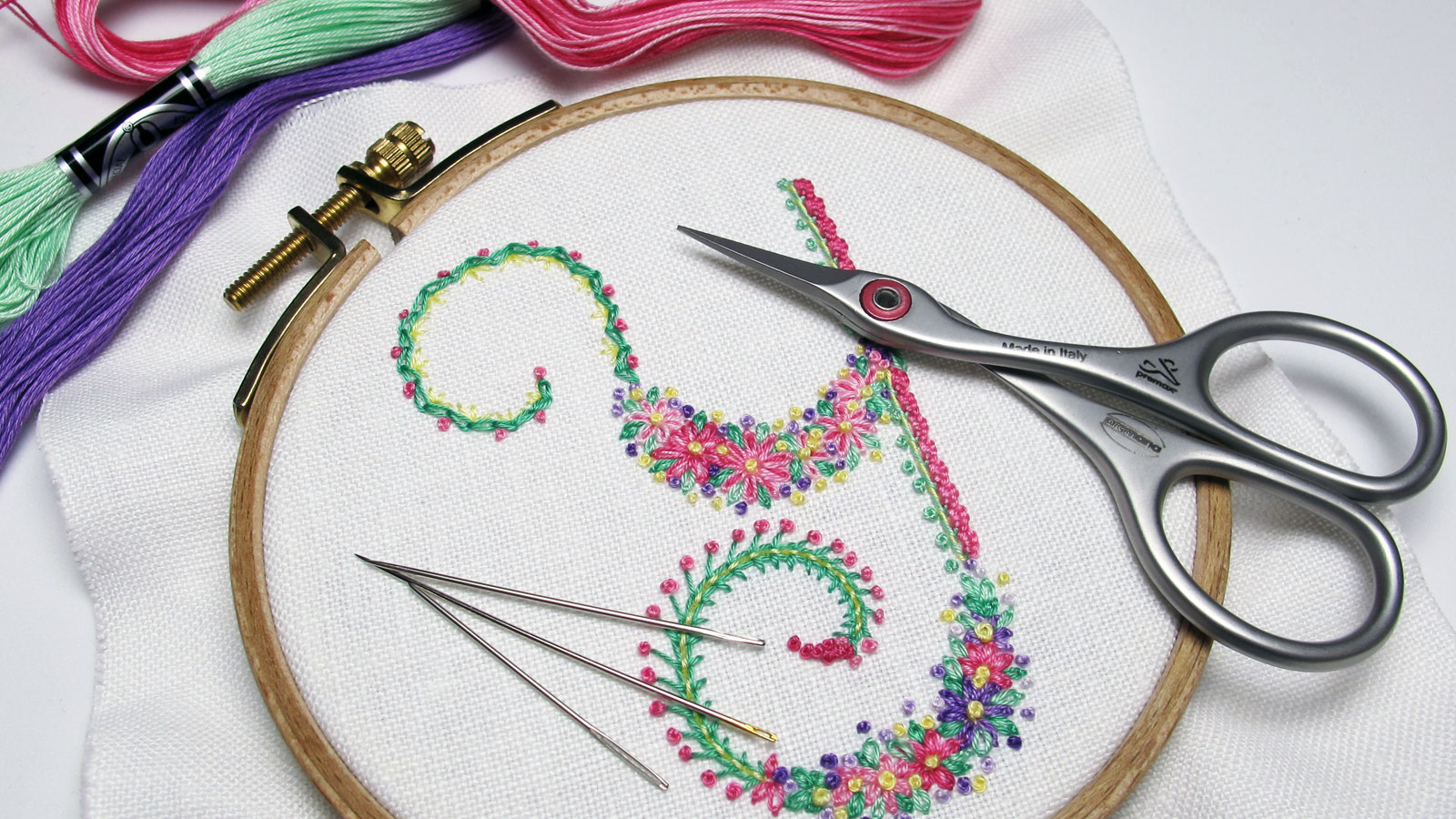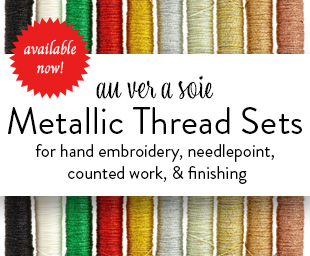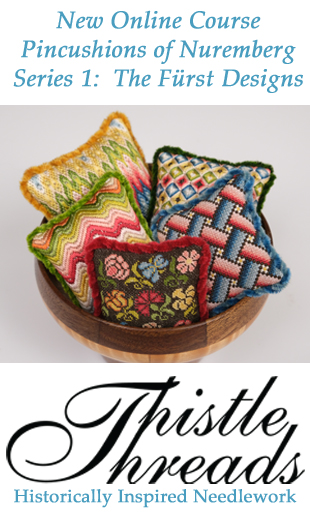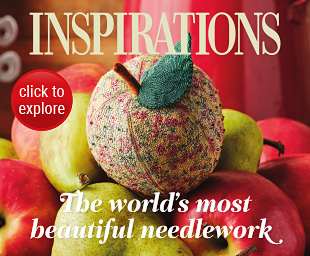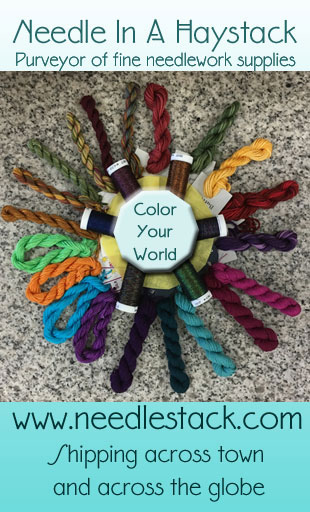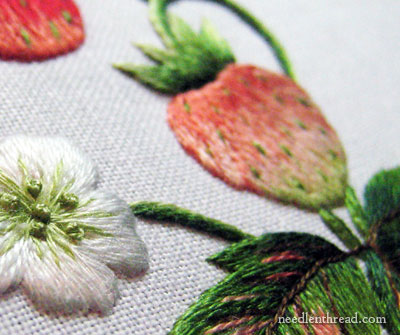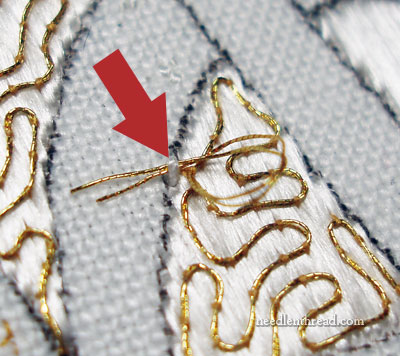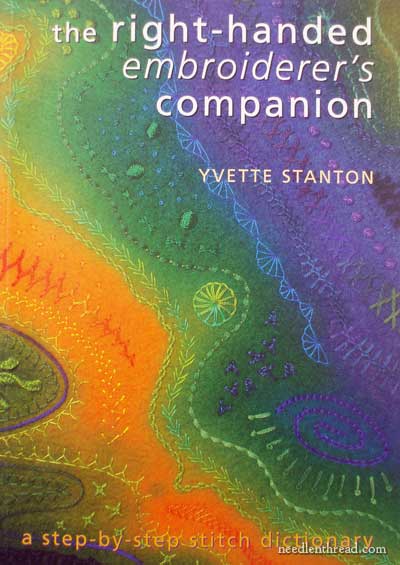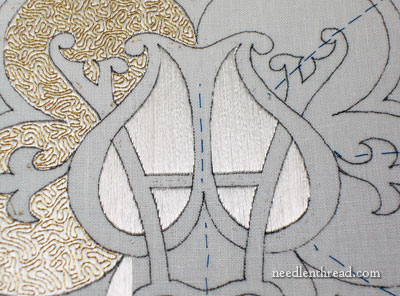This is it – my last book review for 2011, and WOW – what a book! Trish Burr’s new text, Colour Confidence in Embroidery, is the first of its kind. Sure, there are several color theory books out there that have to do with textiles, but these are generally geared towards fabric, with the exception of a couple color theory books that have to do with color choice in abstract needlepoint and cross stitch design. These latter books rely on technical color theory, adhering rather rigidly to the dictates of the color wheel, and advancing color theories through technical language and hypothetical design scenarios.
Until now, we’ve yet to see a book on color, focusing on embroidery, that is accessible, instructive, practical, applicable, and beautiful.
Trish has achieved all of the above with her new book, Colour Confidence in Embroidery.
When pondering an embroidery project, if you’ve ever found yourself asking, “But what colors should I use?” then this is a book you need. (And haven’t we all asked that question at some point or another?) It’s THE color reference book for hand embroiderers – and it will not go neglected on your bookshelf.
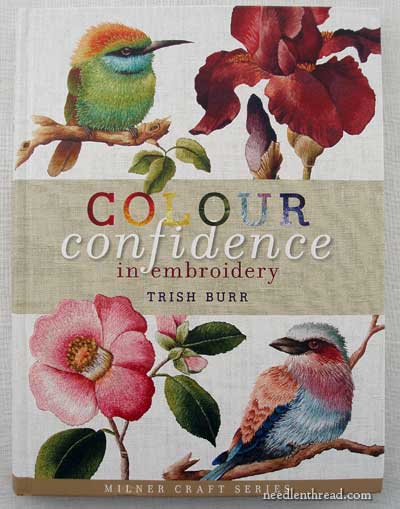 Continue reading “Colour Confidence in Embroidery: Book Review”
Continue reading “Colour Confidence in Embroidery: Book Review”
